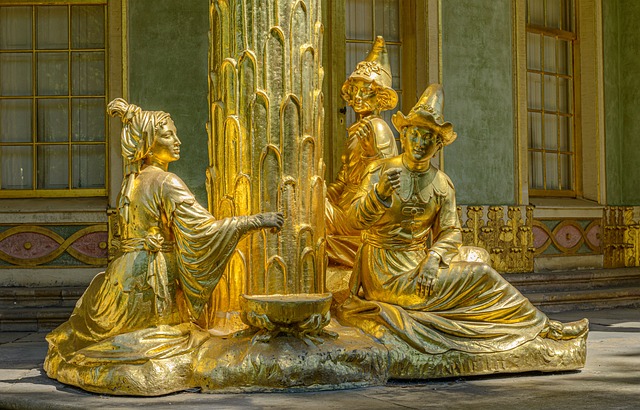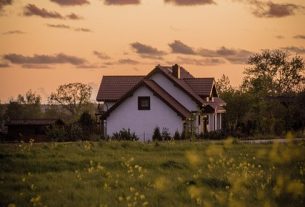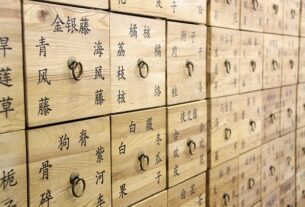Traditional Chinese houses are renowned for their exceptional craftsmanship, elegant architecture, and harmonious blend of cultural heritage and natural beauty. With meticulous carpentry, strategic use of materials like bamboo and wood, and open-plan layouts, these homes offer serene retreats reflecting the peacefulness of Chinese culture. Notable examples like the Yuan Ming Yuan and Hutong districts showcase intricate designs that captivate visitors globally. Modern renovations and builds preserve historical elements while integrating contemporary functionality, ensuring the enduring global appeal and preservation of China's architectural heritage.
Uncover the enchanting world of Traditional Chinese Houses, where superior craftsmanship meets timeless design. Known for their harmonious blend of past and present, these architectural marvels have captivated global audiences with their intricate details, balanced aesthetics, and functional beauty.
In this article, we’ll delve into the trusted heritage of authentic Chinese architecture, exploring successful metrics and proven results that define its enduring appeal. Discover how Traditional Chinese Houses continue to evolve, earning industry recognition as iconic symbols of cultural fusion.
- Discovering the Superior Craftsmanship of Traditional Chinese Houses
- Explore Trusted Heritage: Authentic Chinese Architecture
- Traditional Chinese Houses: Effective Fusion of Past & Present
Discovering the Superior Craftsmanship of Traditional Chinese Houses

Traditional Chinese houses are renowned for their exceptional craftsmanship and unique architectural design, which have stood the test of time. These dwellings are not just structures but intricate works of art, reflecting the rich cultural heritage and aesthetics of China. The superior quality of these homes is evident in every detail, from the meticulous carpentry to the elegant use of natural materials. For instance, the iconic overhanging roofs, known as dougong, showcase a complex system of wooden brackets that supports the structure while adding aesthetic beauty.
The excellence of Traditional Chinese Houses is not just limited to their external charm but extends to the interior design and functionality. These homes often feature open-plan layouts, allowing for fluid movement and maximized natural light. The use of traditional materials like bamboo, wood, and stone creates a harmonious environment that connects residents with nature. Moreover, many of these houses incorporate unique elements such as intricate latticework, beautiful gardens, and tranquil water features, making them not just places to live but peaceful retreats that reflect the serenity of Chinese culture.
Explore Trusted Heritage: Authentic Chinese Architecture

Exploring Trusted Heritage: Authentic Chinese Architecture offers a glimpse into the rich cultural tapestry of one of the world’s oldest civilizations. Traditional Chinese Houses, with their meticulous craftsmanship and harmonious design principles, stand as a testament to centuries of architectural excellence. These structures not only reflect the historical context but also encapsulate the essence of Chinese aesthetics, emphasizing balance, simplicity, and connection with nature.
One notable example is the ancient Yuan Ming Yuan (Summer Palace) in Beijing, which showcases imperial garden architecture at its finest. Its grand pavilions, serpentine lakes, and meticulously arranged landscapes exemplify the Traditional Chinese House design philosophy. Similarly, the Hutong districts of Beijing, with their narrow alleys and traditional siheyuan (four-yard compounds), provide a living museum of authentic Chinese housing, where each yard tells a story of family history and cultural heritage. These architectural marvels have stood the test of time, attracting visitors worldwide who seek to immerse themselves in China’s rich cultural tapestry.
Traditional Chinese Houses: Effective Fusion of Past & Present

Traditional Chinese houses represent a captivating blend of historical aesthetics and modern design elements, showcasing an architectural style that has evolved over centuries while adapting to contemporary tastes. These residences often embody intricate wood craftsmanship, elegant curves, and symmetrical layouts, seamlessly integrating indoor and outdoor spaces through large windows and sliding doors. For instance, the classic hou (house) in China features a central hall with wings on either side, a design that facilitates natural ventilation and enhances the connection with nature.
The excellence of Traditional Chinese houses is evident in their enduring appeal worldwide. Today, architects draw inspiration from these ancient designs, as seen in successful renovations and new builds that capture both traditional beauty and modern functionality. For example, a recent renovation project in Beijing transformed an old, dilapidated house into a spacious, contemporary living space while preserving its original wooden framework and distinctive roof structure. This harmonious fusion of the past and present has not only created a beautiful home but also contributed to the preservation of China’s architectural heritage, fostering trust among homeowners seeking to embrace both tradition and modernity.
Chinese houses are remarkable for their superior craftsmanship, authentic architecture, and effective fusion of past and present. By exploring these traditional structures, we gain a deeper appreciation for the rich cultural heritage that shapes them. Whether you’re an architecture enthusiast or simply curious about different lifestyles, discovering the beauty of Traditional Chinese Houses is an enriching experience that resonates with the essence of comfort, harmony, and timeless elegance. Trust in the enduring appeal of these architectural marvels, as they continue to inspire and captivate people worldwide.



